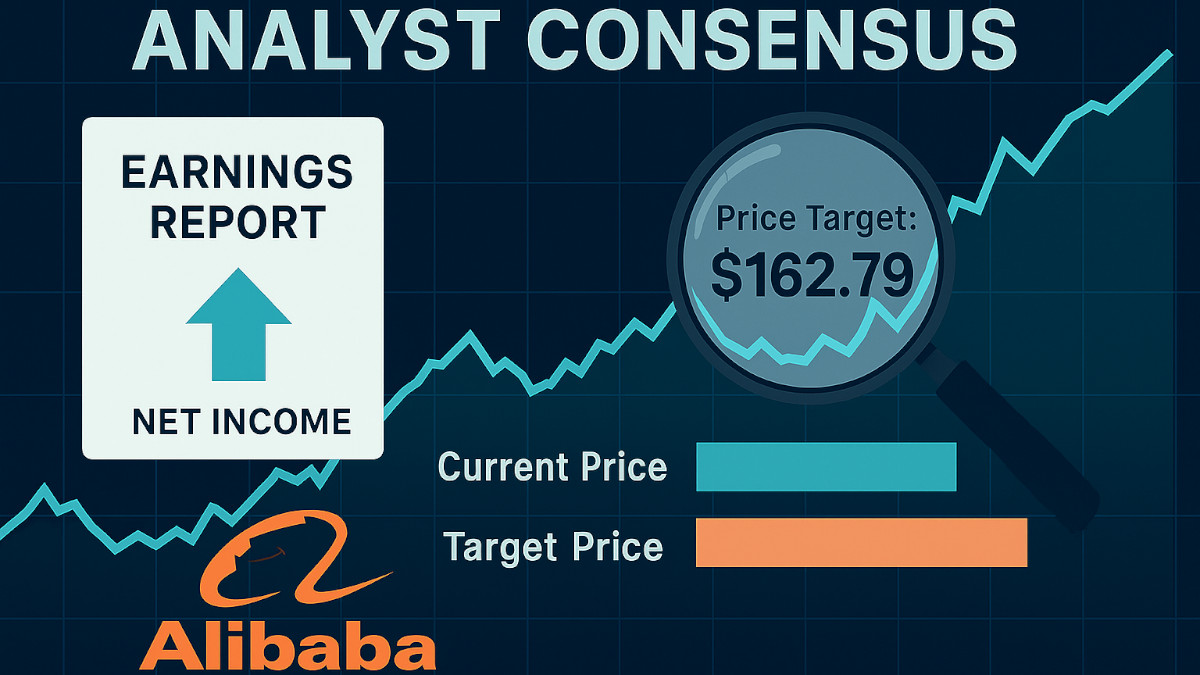- Analytics
- Trading News
- Adidas Gains Positive Momentum as Competition from Nike Diminishes
Adidas Gains Positive Momentum as Competition from Nike Diminishes

Adidas is looking forward to a strong 2024, thanks to a number of favorable developments that allowed the company to raise its full-year outlook for the third quarter in a row. Declining competition from Nike due to a lack of strategy and product initiatives created an enabling environment for Adidas to thrive.
Adidas Q3 Performance Key Points
In its third-quarter results, Adidas reported
- Revenue increase to €6.44 billion, up from €6 billion in the same period last year.
- Operating profit also saw significant growth, rising to €598 million compared to €409 million in the previous year.
Results beat analysts' expectations, which had anticipated an operating profit of €592.1 million and sales of €6.43 billion.
This positive performance is reflected in Adidas's new outlook, which now anticipates an operating profit of approximately €1.2 billion for 2024, an increase from the previous forecast of €1 billion. Also Adidas expects revenue growth of around 10% at constant currency, revising its earlier expectations of high single-digit growth.
Let's look at some of the factors that contributed to this growth.
Stronger-than-expected sales - Adidas's third-quarter sales were higher than anticipated, indicating a growing demand for its products.
Improved brand momentum - The company has been successful in strengthening its brand image and appeal to consumers.
Effective inventory management - Adidas has been able to manage its inventory efficiently, reducing the impact of unsold Yeezy products. Let's see what they did
- Adidas's ability to manage its inventory efficiently, especially in dealing with the unsold Yeezy stock, showcases its strategic planning and operational excellence. The company likely employs sophisticated forecasting models to predict future sales trends, helping them anticipate demand for both existing and new products. Additionally, understanding the lifecycle of each product enables them to optimize inventory levels at various stages, from launch to end-of-life.
- Adidas adopts an agile supply chain management approach, utilizing a Just-in-Time (JIT) inventory system. This minimizes excess inventory by sourcing and producing products only as needed, thereby reducing the risk of stockouts or overstocking. Strong relationships with suppliers also allow for flexible production schedules and timely deliveries, ensuring that inventory levels align closely with demand.
- To further optimize inventory, Adidas employs techniques such as ABC analysis, which categorizes products based on their value and usage frequency. This helps prioritize inventory management efforts and allocate resources effectively. Reorder point analysis is another crucial strategy, determining the optimal moment to replenish stock to avoid shortages.
- In terms of managing Yeezy inventory, Adidas has implemented strategic sales tactics, releasing remaining stock, likely at discounted prices or through limited-edition drops, to maximize revenue while minimizing write-offs. Moreover, the company has chosen to donate a portion of the proceeds to charitable causes, transforming a potential negative situation into a positive one that enhances its brand image and social responsibility.
- Finally, Adidas leverages technology and data analytics for inventory management. Advanced software solutions provide real-time visibility into inventory levels, enabling efficient tracking and optimization. By analyzing sales data and market trends, Adidas can make informed decisions regarding inventory allocation and replenishment, ensuring a proactive approach to its inventory management.
Under New Leadership (Bjorn Gulden) in early 2023, Adidas has been focused on revitalizing its brand and improving sales. This strategy appears to be yielding results, with strong sneaker sales contributing to the earnings growth. The recent recall of products related to the now-defunct Yeezy collaboration did not affect the company's results; in fact, Adidas reported that sales of the remaining Yeezy products brought the company about €50 million in profit.
Adidas has potential for maintaining double-digit growth rates into 2025 due to weaker competitive landscape from Nike, robust brand momentum, growth across various categories, particularly in performance and running shoes.
The Competitive Landscape
Adidas’s improved outlook comes at a time when Nike has struggled. The American sportswear giant recently declined to provide a fiscal year forecast and reported a drop in sales. This scenario has given Adidas an opportunity to capture market share and appeal to consumers seeking alternatives.
Conclusion
The combination of a strong Q3 performance, strategic leadership changes, and favorable market conditions suggest a promising outlook for the company. With reduced competition from Nike and a focus on brand revitalization, Adidas seems well-positioned to sustain its growth trajectory.







